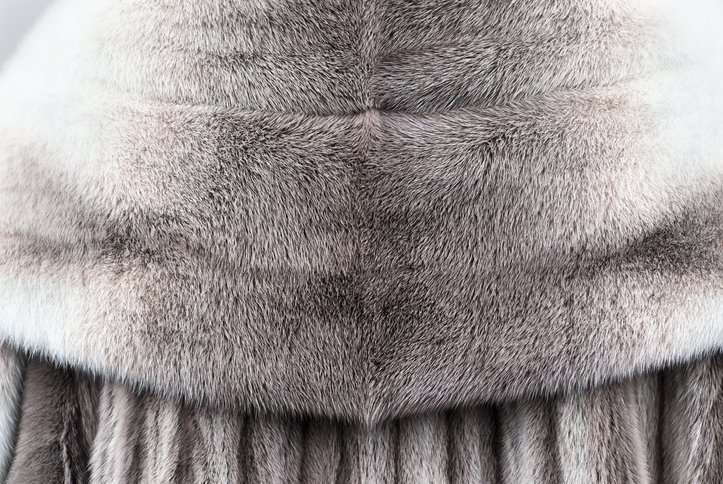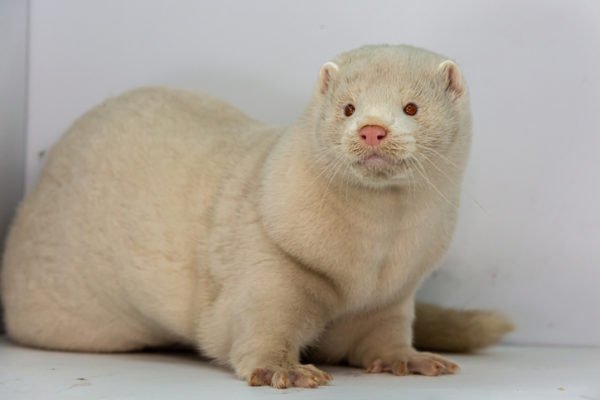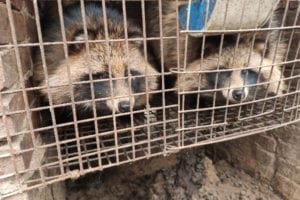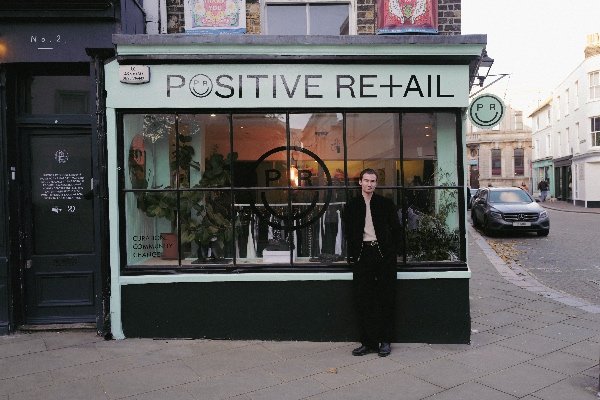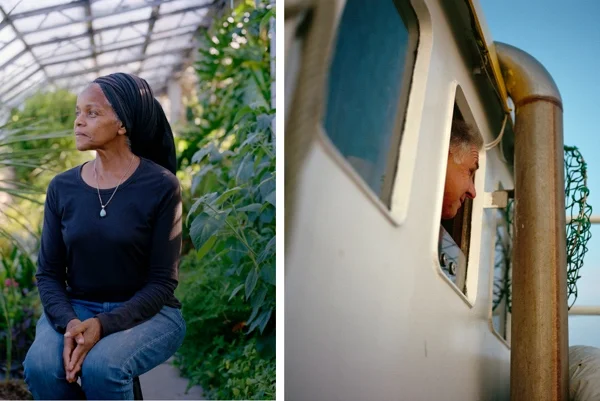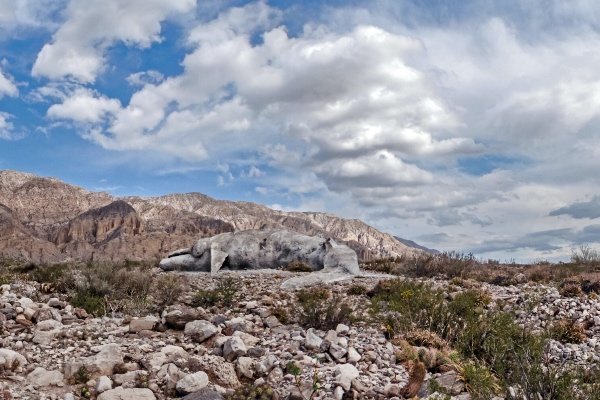The environmental impacts of mink, fox and raccoon dog fur production significantly exceed those of other materials used in fashion, including cotton and even polyester and acrylic used to make faux fur, according to a new report by carbon footprint experts at Foodsteps, commissioned by Humane Society International/UK.
Renowned sustainability expert Dr Isaac Emery reviewed the analysis, which states that the fur industry’s PR claim that fur is ‘the most environmentally friendly material available’ is clearly inaccurate greenwashing and misleading to both consumers and retailers.
Banning fur
The fashion industry is estimated to be responsible for 2-8% of global carbon emissions and is a major polluter of water.
Limiting fashion’s environmental footprint is therefore vital for meeting international climate change commitments.
HSI/UK believes its new report provides compelling evidence that the disproportionately large carbon and environmental footprint of the global fur trade should be eliminated, including by banning the import and sale of fur to the UK.
Fur vs other materials
When compared with other materials in the report, per kilogram fur has the highest greenhouse gas (GHG) emissions, which can include carbon dioxide, methane and nitrous oxide, with the carbon footprint of 1kg of mink fur found to be 31 times higher than that of cotton and 25 times higher than polyester.
The three animal furs also scored worst for water consumption amongst all materials analysed―104 times higher than acrylic, 91 times higher than polyester and five times higher than cotton.
Fur accessories such as fur trim on jacket hoods, and poms on hats and shoes, also come with a higher environmental price tag than their acrylic counterparts.
For example, the study estimates that a raccoon dog fur bobble on a hat has a carbon footprint nearly 20 times higher than its acrylic faux fur bobble counterpart.
Saving lives and pollution
Around 100 million animals a year are used for fur globally, with around 10 million mink, foxes and raccoon dogs reared and killed on fur farms across Europe alone in 2021.
Animals on fur farms produce huge amounts of polluting excrement, and their fur pelts require large amounts of water, salt and a cocktail of chemicals like chromium and formaldehyde—listed as toxic carcinogens—to process them into fashion products and stop them from decomposing like dead skin and hair naturally would.
HSI/UK’s report shows that if fur farming were banned across Europe, it would save nearly 300,000 tonnes of CO2-equivalent, the same as the annual carbon dioxide emissions of roughly 58,000 citizens in the UK.
It would also save approximately 3,700 tonnes of water pollution and 11,800 tonnes of air emissions.
Humane Society International/UK leads the #FurFreeBritain campaign for a UK ban on the import and sale of fur.
Report’s headline findings
The carbon footprint of 1kg of mink fur (309.91 kg CO2-eq) is 31 times higher than cotton, 26 times higher than acrylic, and 25 times higher than polyester.
Raccoon dog fur and fox fur also have high carbon footprints, approximately 23 times worse for the climate than cotton, and 18 times worse for the climate than polyester.
Mink fur produces air emissions 271 times higher than acrylic, 215 times higher than cotton and 150 times higher than polyester.
Fox and raccoon dog fur produce air emissions roughly 104 times higher than that of acrylic, 83 times that of cotton and 57 times that of polyester.
Almost 30,000 litres of water is required per kilogram of fur produced. The average water consumption of the three furs is 104 times higher than acrylic, 91 times higher than polyester and five times higher than cotton.
The production of all three fur types has a staggering impact on water pollution; mink fur produces nearly 400 times the water pollution per kilogram of polyester, and on average all three furs are 100 times more water-polluting than cotton and 75 times more than acrylic.
 Play Video about This Rock Might Just Save The World
Play Video about This Rock Might Just Save The World Play Video about Play 2 hours of rock
Play Video about Play 2 hours of rock Play Video about Play 2 hours of brook
Play Video about Play 2 hours of brook Play Video about Play 2 hours of sheep
Play Video about Play 2 hours of sheep

















